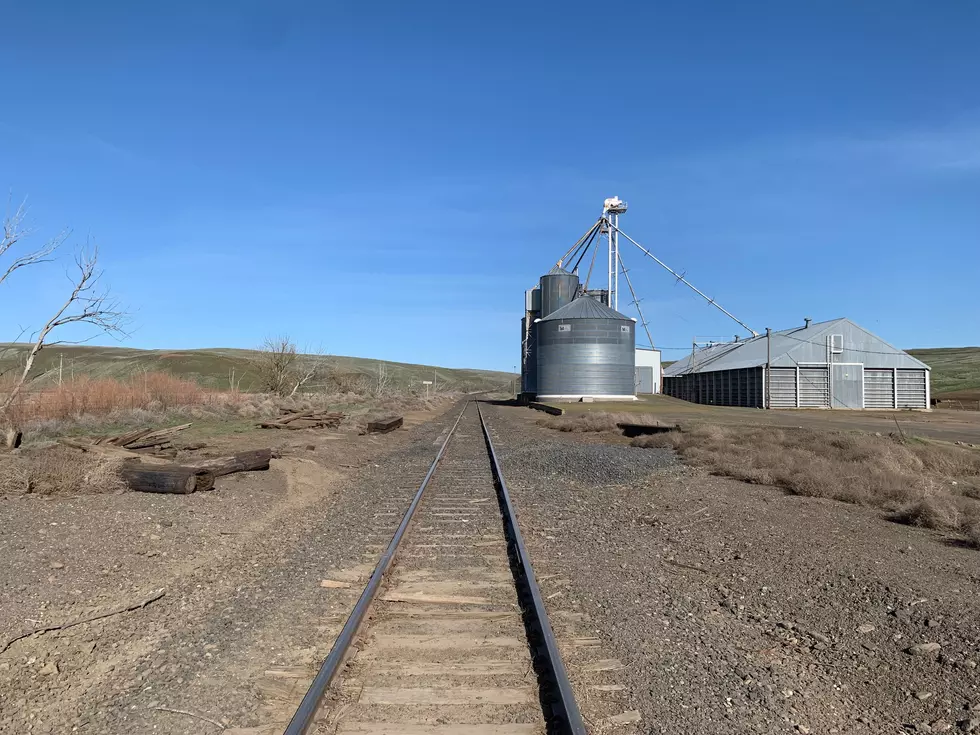
Anthem Flex Looks At Stopping Downy Brome In A Different Way
For wheat growers, downy brome is a name, and a problem, that’s all too familiar. And while there is a host of herbicides that look to tackle downy brome, Kirk Sager Technical Support Manager for FMC says Anthem Flex works in a different way, and at a different time.
He noted most of the current products aimed at addressing downy brome are a group 2 herbicide. Anthem Flex, he said, is a completely different mode of action.
“We are preemptively taking care of the downy brome, prior to it impacting the crop. But, the biggest thing is we’re changing the timing of applications, and we’re changing the mode of action we’re using to control a pest, or a weed, that has been dependent on group 2 herbicides for control.”
He said the application of Anthem Flex is one of the biggest reasons it works differently. He pointed out that downy brome wants to germinate with the first rainfall of the fall.
“So, the first step that we have to think about regarding using Anthem Flex for Downey brome control is we want to apply it prior to that first rain of the fall. Which means we can apply it 30 days prior to planting. It’s photo stable, it will stay on the soil surface and wait for that rain, so when we get that first rain, it incorporates and activates Anthem Flex and controls the Downey brome. It must be out there prior to the first rain to optimize control.”
Sager said Anthem Flex needs to be on the soil, so growers will need to manage any excessive residue.
What other grass and broadleaf weeds does Anthem Flex control? Find out by listening to our podcast with Sager:
If you have a story idea for the PNW Ag Network, call (509) 547-1618, or e-mail glenn.vaagen@townsquaremedia.com
More From PNW Ag Network









